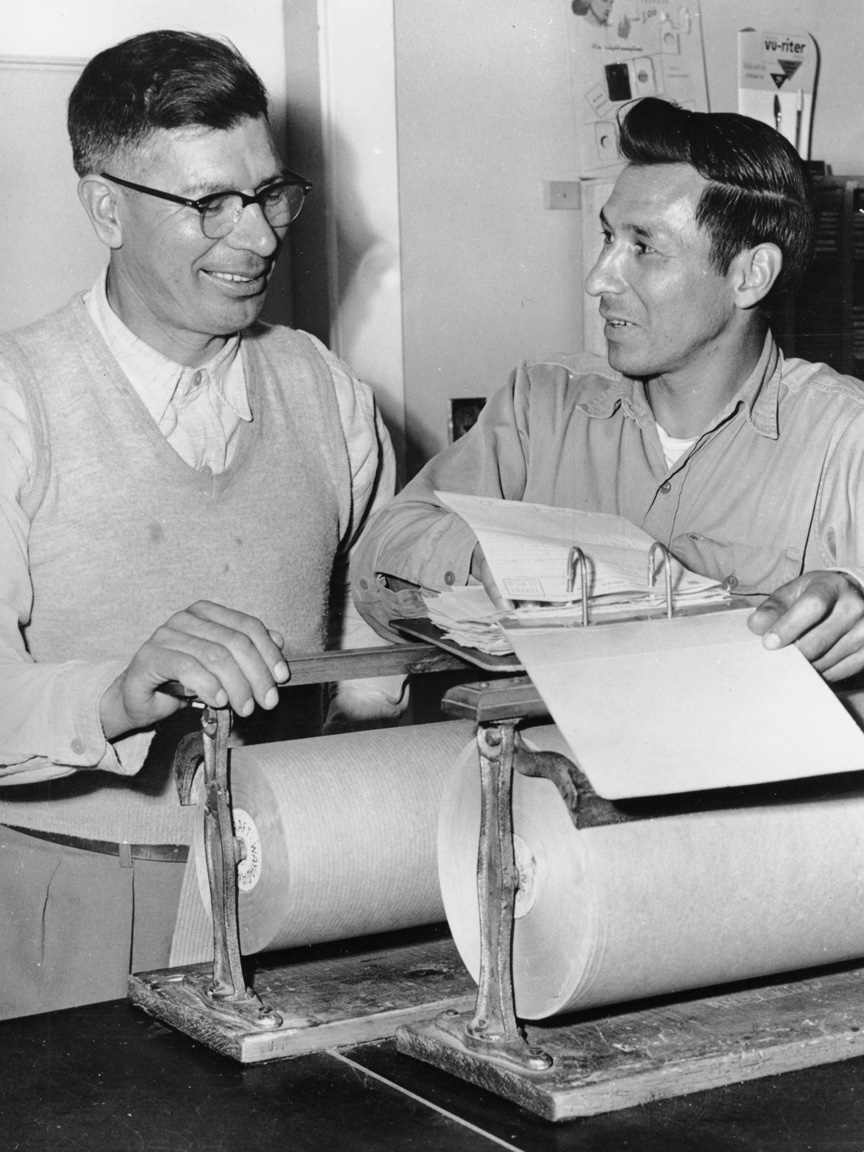Standing Tall
The first half of the 20th century was a challenging time for indigenous peoples across Canada, including for the Mi'kmaq in Nova Scotia. The federal governments of the era were generally disregarding the treaties of the 18th century and supported programs such as residential schools and "centralization." The latter was designed to take Mi'kmaq living in different places around the province and to concentrate them on two major reserves. The relocations were sought regardless of whether people wanted to be moved or not. It was an era that called for resolute leadership among the Mi'kmaq, leaders such as Chief Stephen J. Knockwood.
Stephen Knockwood was born in King’s County. He was one of many Mi’kmaq who went to war to fight in defence of Canada. In fact, Stephen served in both the First and Second World Wars. Coming home from the second conflict he became the Chief of Indian Brook in the late 1940s and early 1950s.
In addition to becoming a leader on the political front, Stephen Knockwood was a canoe builder, artisan, writer and oral traditionalist. It was in the mid-1950s that he became as the overall Chief for the Atlantic Region. This was a period before the existence of organizations like the National Indian Brotherhood, Union of Nova Scotia Indians and Confederacy of Mainland Mi'kmaq. As a leader, Chief Stephen J. Knockwood stood tall, upholding the rights of the Mi'kmaq. In so doing, he helped lay the groundwork for gains that later generations of Mi'kmaq would make.

